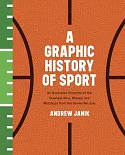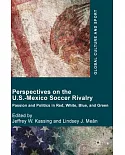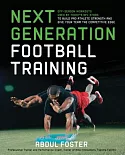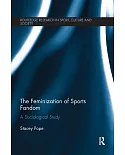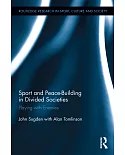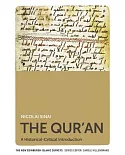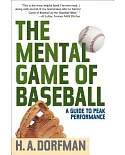Analysing football as a cultural practice, this book investigates the connection between the sport and its built environment. Five thematic sections bring together an international
multidisciplinary range of perspectives on football's built environment, with particular focus on the stadium which often embodies the sport beyond its immediate performance.
Offering an analysis of the interplay of football and its sociocultural spaces, the chapters draw on examples from architectural design, politics and media studies to address a wide variety of
issues: amongst others, migration, advertising, fandom, identity, emotions, gender and the sociology of space. Some contributors use the stadium to draw conclusions about contemporary economic,
social and cultural developments; others, as a place to investigate particular themes: the transgression of social rules, the formation of communities, gender construction and the making of
identities.
Texts and case-studies based on the editors' lecture series `Stadium Worlds - Football as a Gateway to Society' are used to enhance this useful book for lecturers and researchers in sociology,
cultural studies, geography, architecture, sport and environment as well as architects and urban or regional planners.





